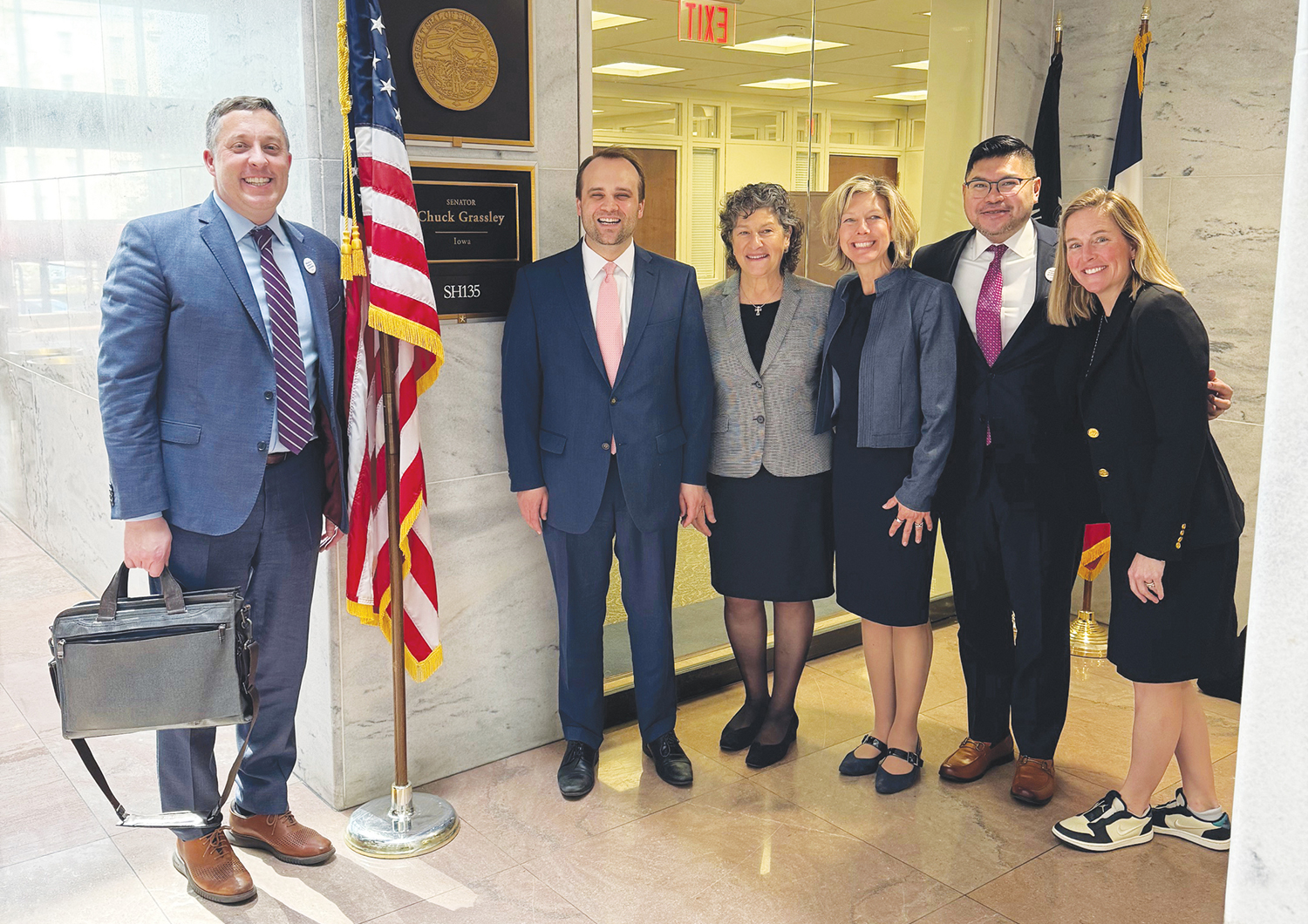
San Vicente de Paúl Nursing Home and Rehabilitation Center in the Bronx is in one of the nation's poorest areas, with more than one-third of all households living in poverty. All the residents of the ArchCare facility are from minority populations and most of their care is covered by Medicaid.
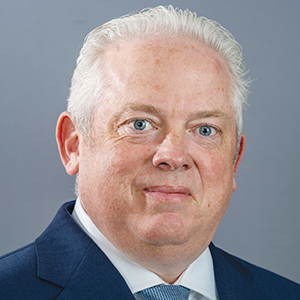
But as Scott LaRue, president and CEO of the continuing care system that spans the Archdiocese of New York, notes, Medicaid reimbursement covers only about 60% of the actual cost of care. "That facility lost $7 million last year," LaRue says.
Although licensed for 120 beds, San Vicente de Paúl is being downsized to 40. LaRue says that's not because of lack of need, but because ArchCare can't meet its costs.
"It's a glaring example of the inadequacy of the Medicaid rate and the disproportionate effect it's having on the most vulnerable and those who have difficulty getting equitable access to services in minority communities," he says.
And that's before federal policymakers act on a budget framework that is projected to cut as much as $880 billion in Medicaid funding nationwide over the next 10 years. Of that prospect, LaRue says: "It is my number one area of focus and concern at this point in time."
He is not alone in his worries.
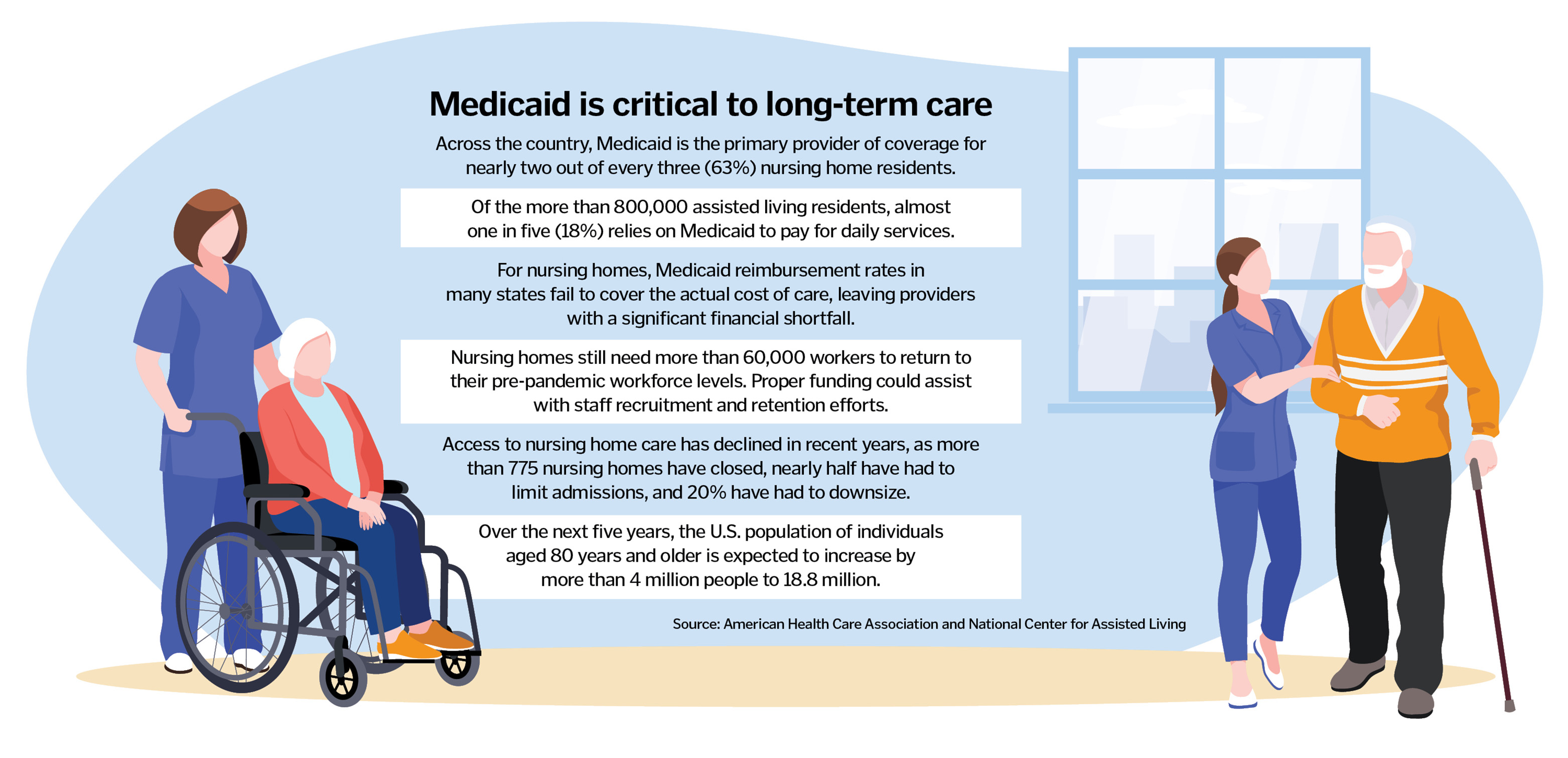
'Essential health care'
Sr. Mary Haddad, RSM, president and CEO of CHA, issued a statement in February that decried the proposed cuts for "jeopardizing essential health care for nearly 80 million low-income Americans."
CHA also joined the United States Conference of Catholic Bishops and Catholic Charities USA in a letter to congressional leaders urging them to protect and strengthen Medicaid. "Programs like Medicaid embody our collective commitment to the common good, solidarity, and the preferential option for those who are poor and vulnerable," the letter noted.
Despite such appeals, a budget framework that is expected to slash the safety net insurance program is moving toward final approval in Congress.
Along with nearly half of the nation's children and 41% of births, Medicaid covers the cost of care for five in eight nursing home residents, according to KFF, a nonprofit that tracks health care spending and issues and that was formerly known as the Kaiser Family Foundation. Of the $860 billion in total Medicaid spending for fiscal year 2023, KFF put the portion for fee-for-service long-term care at $164 billion.
Supportive services at risk
Jennings President and CEO Allison Q. Salopeck says she is concerned that the impact of Medicaid funding cuts on senior living is "not anyone's focus, other than people that provide services in that sector."
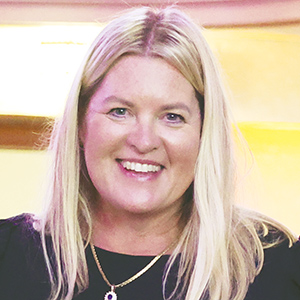
Her Cleveland-based eldercare system serves the northeast part of Ohio, a state that has received federal waivers that allow Medicaid coverage for more than just skilled nursing care for seniors. Under Medicaid rules, anyone who qualifies based on their age and finances can get full coverage for nursing home care. But waivers like those Ohio has received mean states can cover less costly services for the same population.
Salopeck says that about 70% of Jennings' nursing home residents are covered by Medicaid. So are up to 50% of its assisted living residents and a smaller but significant portion of residents of its independent living spaces.
"Through that waiver program, Ohio has been able to avoid spending the higher dollar in long-term care," Salopeck says. "Allowing different services to be accessed and paid for through Medicaid waiver programs keeps people independent for a longer period of time with these supportive services."
What could happen to such waivers as Congress reviews Medicaid spending is unclear. Salopeck is among many other Catholic health care providers who are advocating — including by in-person visits with state and national policymakers — against cuts to Medicaid.

Turning to Congress
CHA's advocacy team also has been scheduling face time with lawmakers to make the case for the public insurance program. In March, the team hosted member representatives and joined them on visits to congressional offices as part of its annual Advocacy Days. Medicaid funding was one of the main topics of the visits.
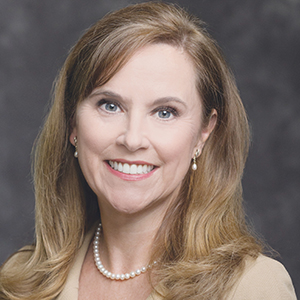
Donna W. Wilhelm, vice president of advocacy and government relations for Trinity Health, Continuing Care, as well as others at her system also are making the rounds at state and federal offices to spotlight the important role Medicaid plays in providing health care coverage, including for the nation's seniors. On the Trinity Health website, the Action Center page encourages visitors to "Tell Congress: Protect Medicare and Medicaid" and offers links to do just that.
"I think it's an immensely sad circumstance that we find ourselves in," Wilhelm says. "I think there's a failed recognition that Medicaid is really the foundation, or much of the foundation, of health care coverage in the United States. And anytime you shake or crack the foundation, what happens to the rest of the house? It comes crumbling down."
Trinity Health has just over 1,000 residents at its long-term care sites. Of them, a little more than half are covered by Medicaid.
Wilhelm says tending to those patients falls squarely into Trinity Health's mission. "Obviously taking care of those that are at the margins, the most vulnerable of our society — those experiencing poverty, the elderly, the disabled — certainly fits the mission that we carry to really continue the preachings of Christ," she says.
Like other providers of care for those insured by Medicaid, Trinity Health is waiting to see if the funding cuts are as severe as some projections have forecast before deciding next steps.
"That doesn't mean that we're not letting legislators know that these cuts could be extremely harmful, but we also don't want to have a doomsday mentality," Wilhelm says, "because we are certainly depending on our members of Congress to hear us and to recognize that this would be very, very hurtful for many Americans."
CHA's Medicaid Makes It Possible campaign includes fact sheets, videos and other advocacy resources.
Further reading: Poll finds strong support for Medicaid in battleground districts
